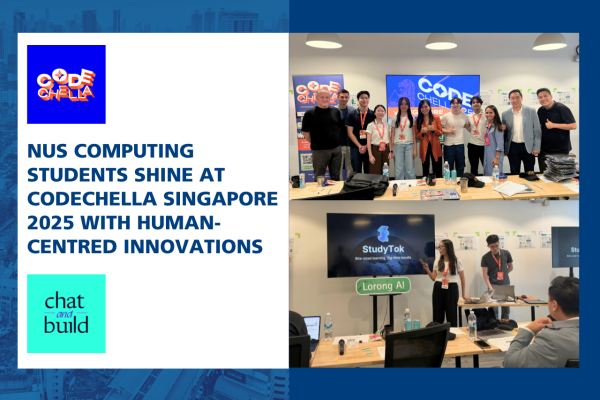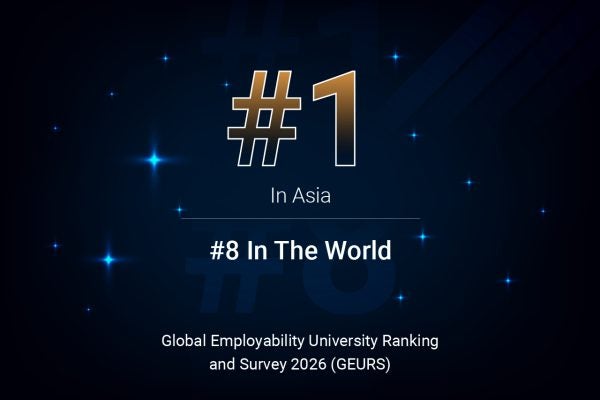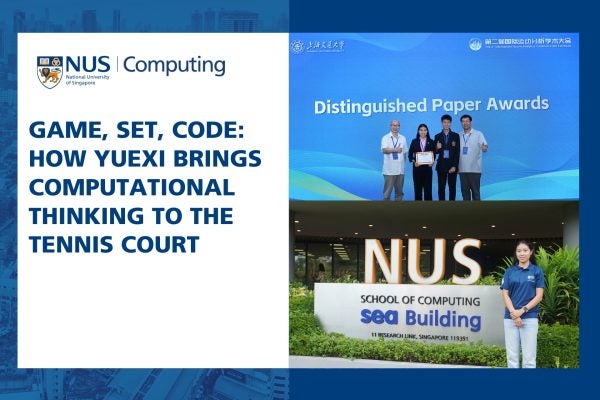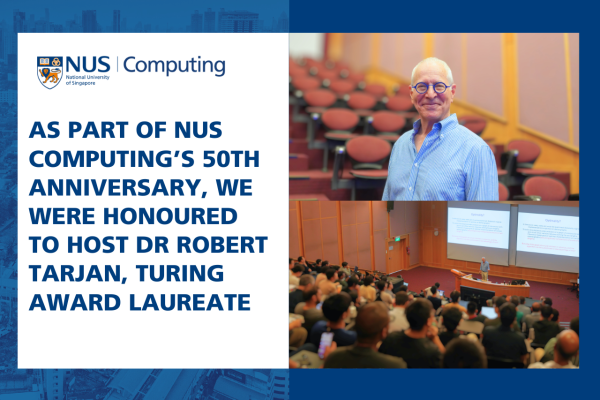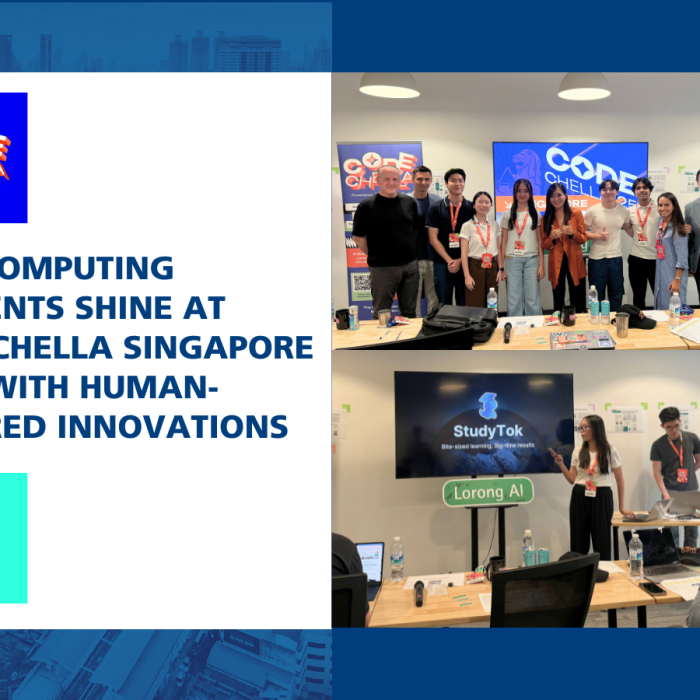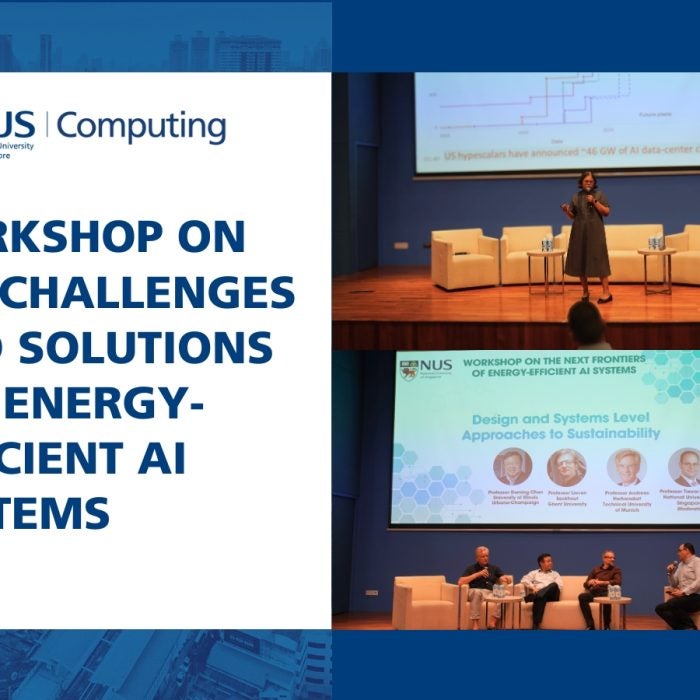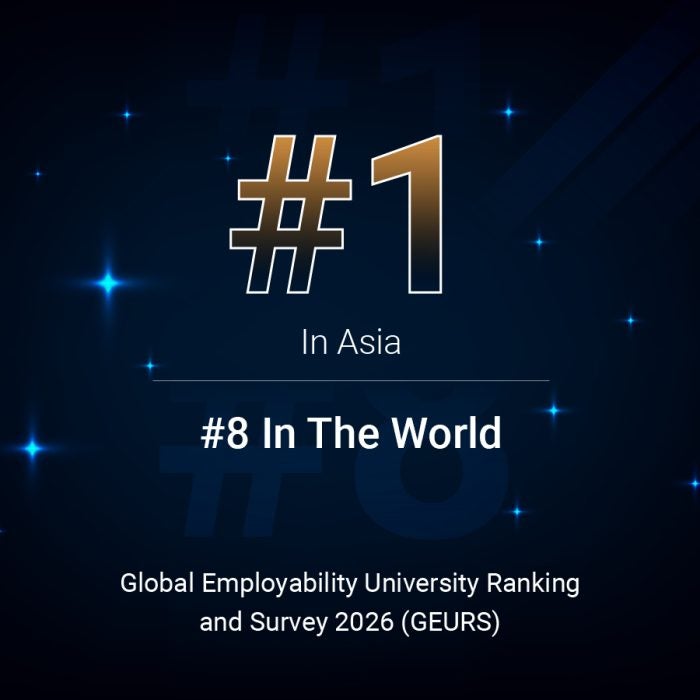News Hub
Home » Highlights
8 December 2025
NUS Computing congratulates Associate Professor Wang Ye on being named an Outstanding Area Chair at ACM Multimedia 2025, one of the field’s leading international conferences.
5 December 2025
NUS School of Computing (SoC) has achieved a historic milestone, clinching its first-ever victory at the ICPC Regionals in Taiwan – one of the most competitive arenas in the Asia-Pacific International Collegiate Programming Contest (ICPC).
4 December 2025
Held at the Shaw Foundation Alumni House, the full-day event brought together experts working at different layers of the computing stack – from devices and memory technologies to accelerators, processors, and large-scale infrastructure – to address one of computing’s most urgent challenges: the rising energy footprint of Artificial Intelligence (AI).
2 December 2025
As we celebrate 50 years of computing education at NUS, the School of Computing welcomed Dr Robert Tarjan, Turing Award laureate and one of the most influential theorists in computer science, for a special Distinguished Speaker Seminar titled “Is Dijkstra’s Algorithm Optimal?”
29 November 2025
Yuexi developed a new language for tennis strategy analysis, mapping tennis games to chess games based on their structural similarities. Her paper, “TANS, A Chess-Inspired Notation System for System Analysis of Tennis Games”, received the Distinguished Paper Award at the 2nd International Sports Analytics Conference and Exhibition 2025 (ISACE’25) held in Shanghai.
27 November 2025
As we celebrate 50 years of computing education at NUS, the School of Computing welcomed Dr Robert Tarjan, Turing Award laureate and one of the most influential theorists in computer science, for a special Distinguished Speaker Seminar titled “Is Dijkstra’s Algorithm Optimal?”


